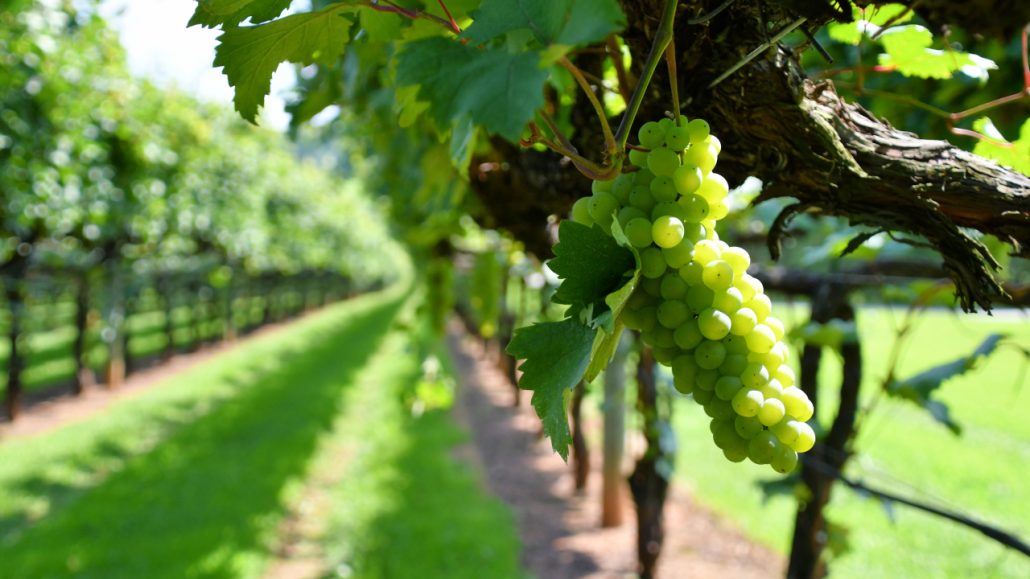Viticulture is an ancient practice that has been refined over the centuries. To maintain a healthy vineyard and ensure a high-quality grape harvest, it is essential to know the right time and technique for sulfating the vines. At Iqv Agro, we provide guidance on the best times for sulfating in viticulture, emphasizing the use of sulfur and fungicides to combat diseases such as powdery mildew, downy mildew, and botrytis cinerea, as well as to protect the vineyard from pests that can damage grape production.
Sulfating the vines: Foundations of viticulture
Viticulture is a branch of agriculture focused on growing vines and producing grapes, an essential ingredient in winemaking. However, the vineyard is exposed to various threats, including pests, fungi, and diseases such as powdery mildew and downy mildew. To maintain the vineyard’s health and protect grape quality, it is crucial to implement an appropriate sulfating strategy.
The role of sulfur in viticulture
Sulfur is a key element in viticulture. It is used as a fungicide to prevent and control fungal diseases. It works by inhibiting the growth of fungi and prevents them from spreading on the leaves and grape clusters. Applying sulfur is especially effective in spring when humid conditions may favor the development of these diseases.
In spring, when buds begin to sprout and leaves appear on the vines, this is the ideal time to start treatment. It is important to watch for signs of disease development, such as spots on leaves or clusters, and to act immediately by applying sulfur or other specific fungicides.
Fighting powdery mildew and downy mildew: Key time for sulfating
Powdery mildew and downy mildew are two of the main threats to the vineyard. Powdery mildew, also known as “white powder,” appears as a white powder on leaves and clusters, weakening the plant and affecting grape quality. Downy mildew, on the other hand, causes spots on leaves and clusters and can lead to significant crop loss.
To combat these diseases, it is essential to sulfate the vines at the right time. The timing depends on weather conditions and vine development. Spring, with its humidity and moderate temperatures, is a critical time for applying fungicides. However, constant monitoring of the vineyard is essential, as conditions may vary.
Botrytis cinerea: Another challenge in viticulture
In addition to powdery mildew and downy mildew, botrytis cinerea is a fungus that can affect the vineyard. It is often associated with rotten or moldy grape clusters, reducing quality and yield. Proper sulfating, combined with pruning practices and adequate cluster management, can help prevent botrytis cinerea.
Protection against pests and plant nutrition
Sulfating is not only about controlling fungal diseases but also protecting the vineyard against pests such as insects and mites. Specific insecticides and fungicides can be part of the strategy to keep these threats at bay.
Additionally, the vineyard must receive adequate plant nutrition, including fertilizer application and soil monitoring. A balanced and healthy soil is essential for the development of vines and the production of quality grapes.
Sulfating in viticulture is a combination of art and science. It requires a deep understanding of the vines, the diseases and pests that can affect them, and changing weather conditions. Precise application of sulfur and other fungicides, combined with an integrated vineyard management strategy, is essential to protect the crop and ensure high-quality grape production, which will ultimately be transformed into delicious wine for viticulture enthusiasts. In addition to the products we offer at Iqv Agro, proper irrigation, strategic pruning, and the use of selective herbicides will allow the vineyard to thrive.
